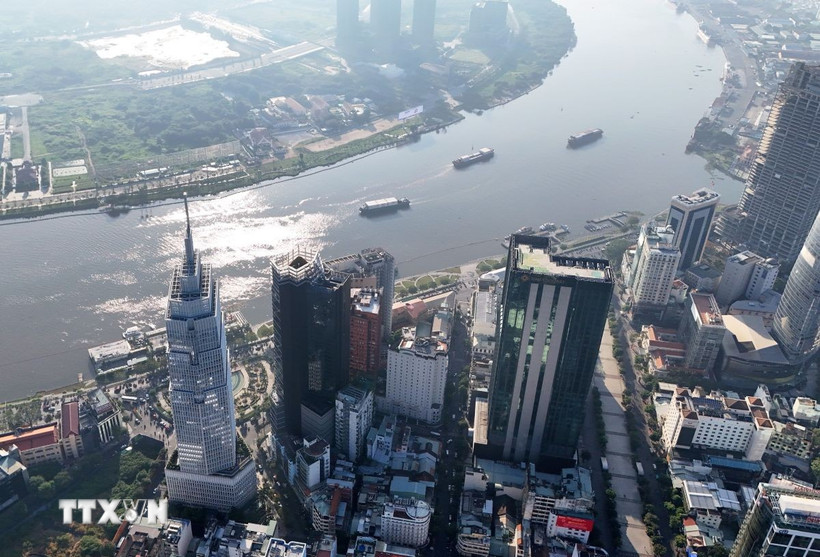
Financial buildings in the central area of Ho Chi Minh City along the Saigon River, opposite Thu Thiem peninsula, An Khanh ward. (Photo: Hong Dat/VNA)
The Government issued Resolution No. 306/NQ-CP on adjusting the National Master Plan for the 2021-2030 period, with a vision to 2050.
The general goal is to strive for Vietnam to be a developing country with modern industry and high average income by 2030; to establish a new growth model, taking science and technology, innovation and digital transformation as the main driving force; to have an effective, unified and sustainable national development space organization model, dynamic regions, economic corridors and growth poles that promote the leading role in socio-economic development and enhance national competitiveness; to have a synchronous and modern basic infrastructure network.
At the same time, major balances are ensured, the resilience of the economy is enhanced; energy security, food security and water security are ensured; the ecological environment is protected and adapted to climate change; human resources are comprehensively developed, the material and spiritual life of the people is improved; national defense and security are ensured; Vietnam's position and prestige in the international arena are enhanced.
Strive for an average GDP growth of over 8%/year in the 2021-2030 period
In terms of economy, strive for an average gross domestic product (GDP) growth rate of over 8% per year in the 2021-2030 period. By 2030, GDP per capita at current prices will reach about 8,500 USD. The proportion of the service sector in GDP will reach over 50%, the industry-construction sector over 40%, and the agriculture, forestry and fishery sector under 10%. The average growth rate of social labor productivity will reach about 7% per year in the 2021-2030 period; of which the 2026-2030 period will reach over 8.5% per year. The contribution of total factor productivity (TFP) to growth will reach over 55%.
Promoting the advantages of each socio-economic region; focusing on developing the two dynamic regions in the North and the South associated with the two growth poles of Hanoi and Ho Chi Minh City, the North-South economic corridor, the Lao Cai-Hanoi-Hai Phong-Quang Ninh economic corridor, the Moc Bai-Ho Chi Minh City-Bien Hoa-Vung Tau economic corridor with synchronous and modern infrastructure, high growth rate, contributing greatly to the overall development of the country.
Strongly develop digital infrastructure and data infrastructure to create a foundation for national digital transformation, develop digital government, digital economy, digital society; the proportion of digital economy reaches about 30% of GDP...
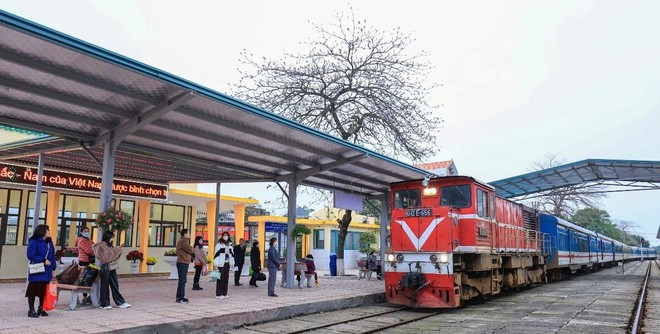
The station locations and route directions of the Lao Cai-Hanoi-Hai Phong Railway Project have been calculated and future demand and transport capacity forecasted. (Photo: Viet Hung/Vietnam+)
Developing Vietnam's education to reach advanced levels in the region
In terms of society, maintain a stable replacement level of fertility (on average, each woman of childbearing age has 2.1 children); the population size reaches about 105 million people. The Human Development Index (HDI) reaches about 0.78. The average life expectancy reaches about 75.5 years. The proportion of agricultural workers in the total social workforce falls below 20%. Improve the quality of employment, keep the unemployment rate at a reasonable level.
Develop Vietnam's education system to reach an advanced level in the region; be among the top 10 countries with the best university education systems in Asia. Strive for at least 8 universities to be among the top 200 universities in Asia, and at least 1 university to be among the top 100 universities in the world in a number of fields according to prestigious international rankings.
Improve the quality of health services to be on par with advanced countries in the region. Develop a national health facility network to meet the needs of caring for, protecting, and improving the health of all people, aiming for the goals of equity, quality, efficiency, and international integration.
Building a healthy cultural environment in all areas of social life. Developing a national network of cultural facilities to ensure the good performance of the task of preserving and promoting the value of national cultural identity, promoting the development of cultural industry. Strive for 100% of provincial administrative units to have all three types of cultural institutions, including: cultural centers or cultural-art centers, museums and libraries.
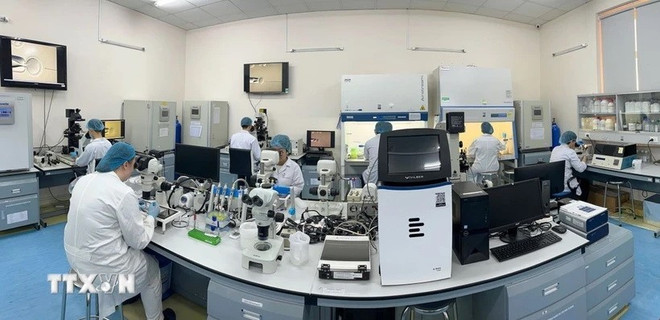
Biotechnology Laboratory of International University, Vietnam National University, Ho Chi Minh City. (Photo: Thanh Vu/VNA)
Key tasks during the planning period
One of the key tasks during the planning period is to basically form the national infrastructure framework, focusing on transport infrastructure, urban infrastructure, rural infrastructure, energy infrastructure, digital infrastructure, cultural and social infrastructure, irrigation infrastructure, environmental protection, disaster prevention and control, and climate change adaptation.
Establish a new growth model, with science, technology, innovation and digital transformation as the main driving force. Prioritize the development of a number of industries and fields with potential, advantages and large room for growth, in line with the general trend of the world and linked to new development space.
Develop key national growth poles and dynamic regions to form locomotives leading the country's development. Select a number of localities, cities, and regions with special advantages to build economic and financial centers, special administrative-economic units with unique, outstanding institutions, mechanisms, and policies of breakthrough nature, with high international competitiveness.
At the same time, there are appropriate mechanisms, policies and resources to ensure social security and gradually develop ethnic minority and mountainous areas, border and island areas, contributing to political stability and maintaining national defense and security.
Forming and developing economic corridors along the North-South axis, East-West economic corridors, coastal economic belts; effectively connecting seaports, airports, international border gates, major trading hubs, urban areas, economic centers, growth poles; effectively connecting with economic corridors of the region and the world.
Develop industrial-urban-service belts in dynamic regions and large urban areas; promote and improve the efficiency of regional linkages, effectively exploit new development spaces after mergers, and rearrange administrative units at all levels.
Developing dynamic regions and national growth poles
The Resolution clearly states the orientation for socio-economic space development, including: Socio-economic zoning, regional development and linkage orientation; development of dynamic regions and national growth poles; development of economic corridors.
Regarding the development of dynamic regions, the Resolution clearly states the selection of a number of locations with the most favorable conditions in the regions to form national dynamic regions.
Specifically, the development of the Northern dynamic region includes Hanoi City and areas associated with Ring Road 4, Ring Road 5, National Highway 5, National Highway 18, expressways CT01, ST04, ST05, ST07, CT09 through Hai Phong City and the provinces of Bac Ninh, Thai Nguyen, Phu Tho, Ninh Binh, Hung Yen, Quang Ninh; in which, Hanoi City is the growth pole.
Building the Northern dynamic region to take the lead in developing high-quality human resources, science, technology, innovation, digital economy, digital society; promoting the role of the national economic, cultural, educational, training, healthcare, science, technology, and innovation center...
The development of the Southern dynamic region includes areas along National Highway 22, National Highway 13, National Highway 1, National Highway 51, the North-South Expressway in the West and Ring Road 4 through Ho Chi Minh City and Dong Nai and Tay Ninh provinces; in which Ho Chi Minh City is the growth pole. In the period after 2030, research will expand the scope of the dynamic region.
Building the Southern dynamic region to lead the country and the Southeast Asian region in economics, finance, trade, services, healthcare, education, training and development of high-quality human resources, science, technology, innovation, and digital transformation. Focus on strongly developing the innovation ecosystem, taking the lead in transforming the growth model, building a digital economy and digital society. Strongly developing financial services, banking, science, technology, and logistics.
Developing an international financial center in Ho Chi Minh City aims to become a leading international financial center, raising Vietnam's position in the global financial network associated with economic growth momentum...
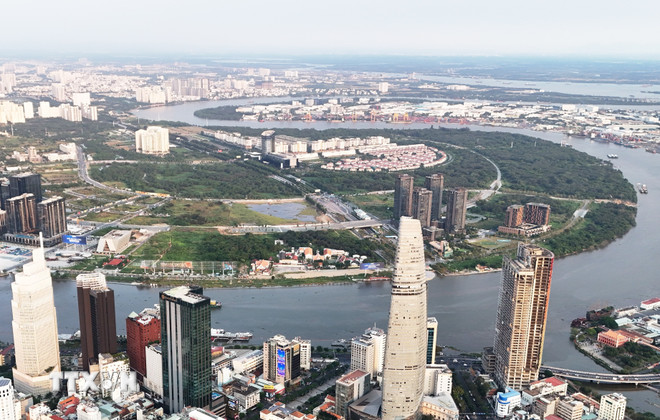
The land plot in An Khanh ward on the Thu Thiem peninsula has an area of 9.6 hectares. This area is located in the future financial and administrative center, near the central lake, with good infrastructure connections via Thu Thiem 2 bridge, Vong Cung boulevard, and Saigon river tunnel. (Photo: Hong Dat/VNA)
Formation and development of the Central Dynamic Region including coastal areas of the provinces and centrally-run cities: Hue, Da Nang, Quang Ngai, Gia Lai; in which Da Nang city is the growth pole.
Continue to form and develop coastal urban systems, marine tourism centers; national petrochemical and energy industrial centers, automobile industry, mechanical engineering support; develop seaports and seaport services, airports and aviation industry; logistics services associated with seaports and airports...
Forming and developing the dynamic zone of the Mekong Delta including the areas of Can Tho city and the provinces of An Giang, Vinh Long, Dong Thap associated with the connecting areas of the expressways (North-South expressway in the East, Can Tho-Vinh Long section, An Huu-Cao Lanh expressway, North-South expressway in the West from Cao Lanh to Rach Soi, Chau Doc-Can Tho-Soc Trang expressway, Ha Tien-Rach Gia-Bac Lieu) and Phu Quoc special zone; in which Can Tho city is the growth pole. In the period after 2030, research to expand the scope of the dynamic zone associated with Tran De seaport.
Building the Mekong Delta dynamic region into a center of services, tourism, logistics, and industry serving agriculture. Forming key agricultural centers associated with specialized areas; building the region into a national center of science, technology, innovation in agriculture, and services serving agriculture.
Developing marine economy, focusing on building Phu Quoc special zone (An Giang province) into an international marine eco-tourism and service center, connecting with major economic centers in the region and the world.
Forming the North Central dynamic region includes areas along the Eastern North-South Expressway, National Highway 1 and coastal roads, linked with provincial central urban areas, coastal tourist urban areas and coastal economic zones of the three provinces of Thanh Hoa-Nghe An-Ha Tinh.
Building the North Central dynamic region into a center of the country's petrochemical, metallurgical, mechanical engineering, automobile and supporting industries; at the same time, rapidly developing new industries such as electronics, semiconductors, artificial intelligence, digital technology, high-tech industries..., creating a driving force to promote the socio-economic development of the whole region...
In addition, gradually build and form dynamic areas in the South Central Coast and Central Highlands (Khanh Hoa, Lam Dong and neighboring areas).
The Resolution also clearly states the orientation for the development of the national urban and rural system; orientation for the exploitation and use of airspace; orientation for the development and spatial distribution of important sectors (industry; services; agriculture, forestry and fisheries); orientation for the development of national social infrastructure; orientation for the development of national technical infrastructure; orientation for national land use./.
(TTXVN/Vietnam+)
Source: https://www.vietnamplus.vn/dieu-chinh-quy-hoach-tong-the-quoc-gia-thoi-ky-2021-2030-tam-nhin-den-nam-2050-post1068562.vnp



![[Photo] General Secretary attends the parade to celebrate the 80th anniversary of the founding of the Korean Workers' Party](https://vphoto.vietnam.vn/thumb/1200x675/vietnam/resource/IMAGE/2025/10/11/1760150039564_vna-potal-tong-bi-thu-du-le-duyet-binh-ky-niem-80-nam-thanh-lap-dang-lao-dong-trieu-tien-8331994-jpg.webp)
![[Photo] Discover unique experiences at the first World Cultural Festival](https://vphoto.vietnam.vn/thumb/1200x675/vietnam/resource/IMAGE/2025/10/11/1760198064937_le-hoi-van-hoa-4199-3623-jpg.webp)

![[Photo] Opening of the World Cultural Festival in Hanoi](https://vphoto.vietnam.vn/thumb/1200x675/vietnam/resource/IMAGE/2025/10/10/1760113426728_ndo_br_lehoi-khaimac-jpg.webp)



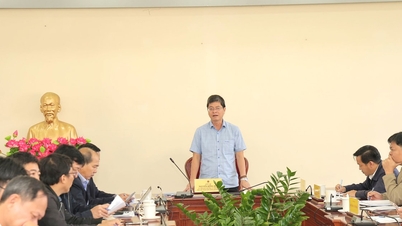

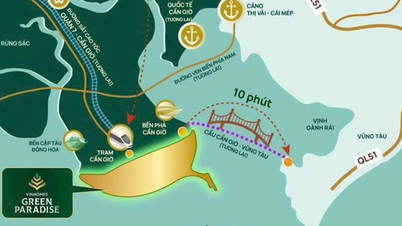

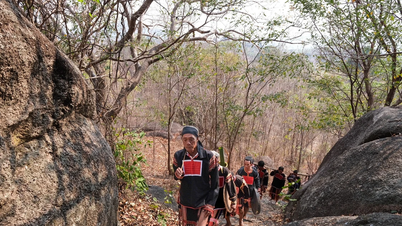



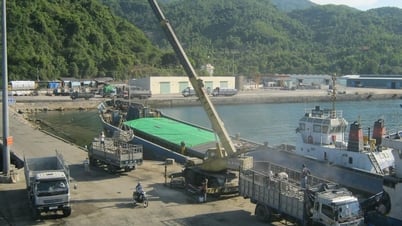

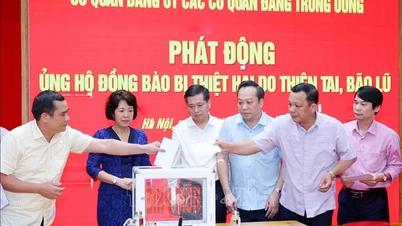

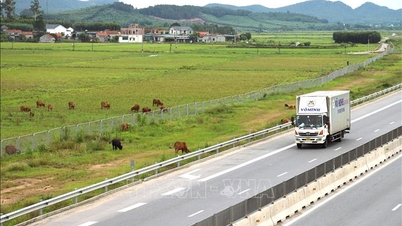
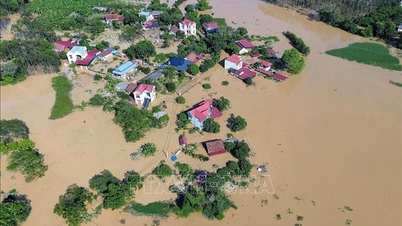
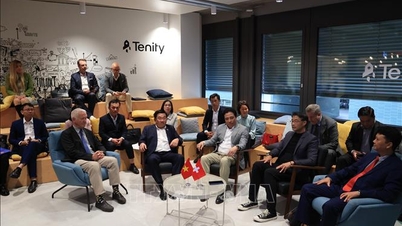
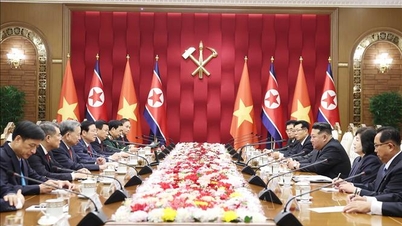
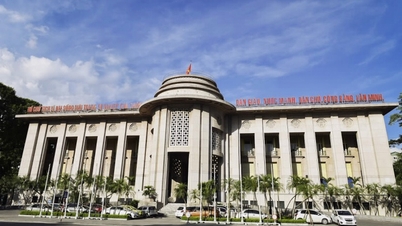




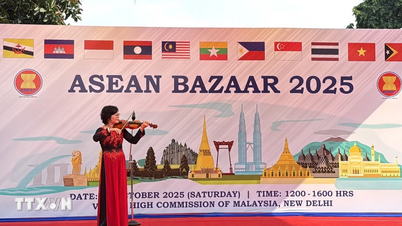
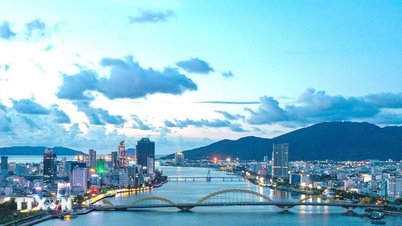
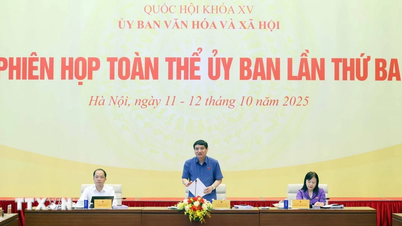
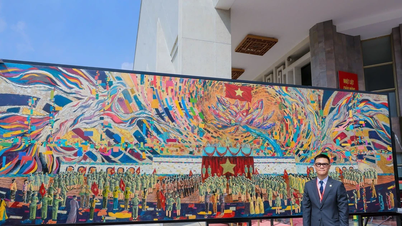
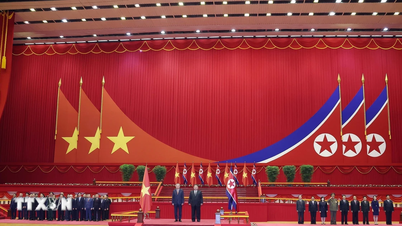

![[Photo] Ho Chi Minh City is brilliant with flags and flowers on the eve of the 1st Party Congress, term 2025-2030](https://vphoto.vietnam.vn/thumb/1200x675/vietnam/resource/IMAGE/2025/10/10/1760102923219_ndo_br_thiet-ke-chua-co-ten-43-png.webp)






























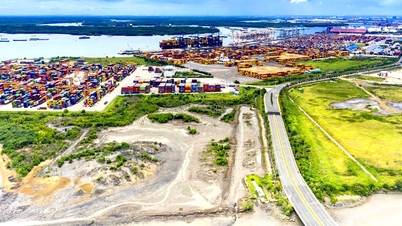
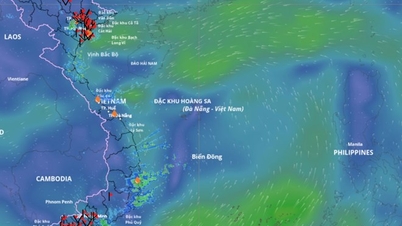


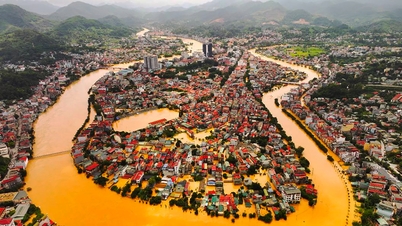

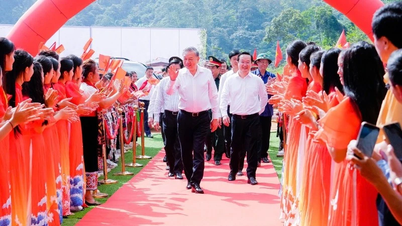




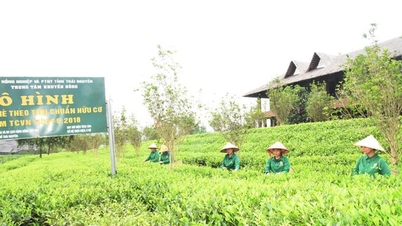
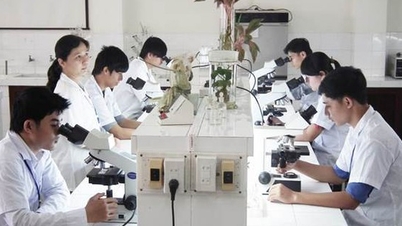
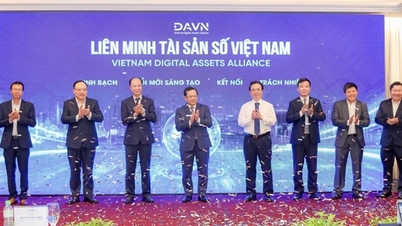
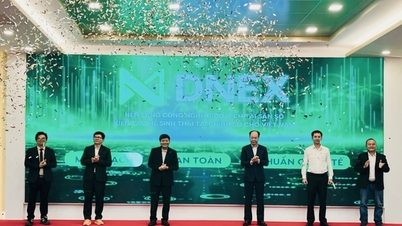

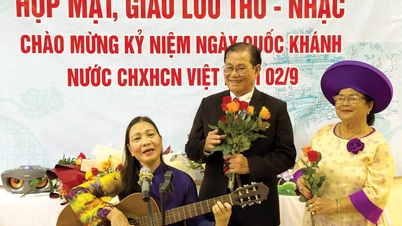


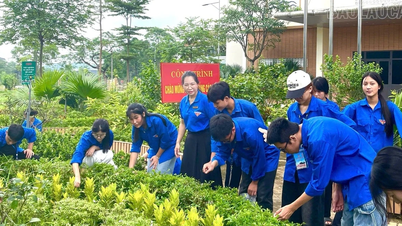
















Comment (0)